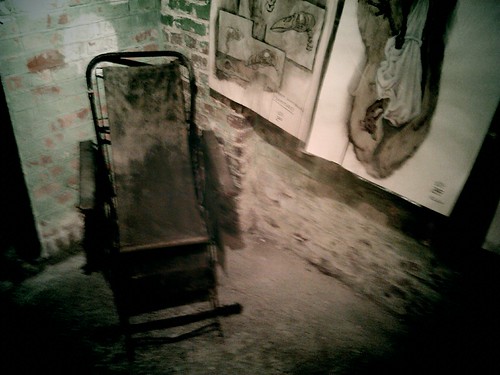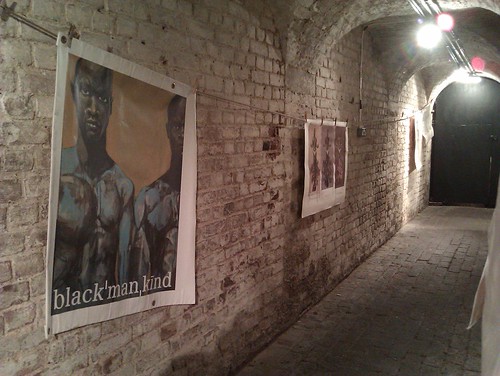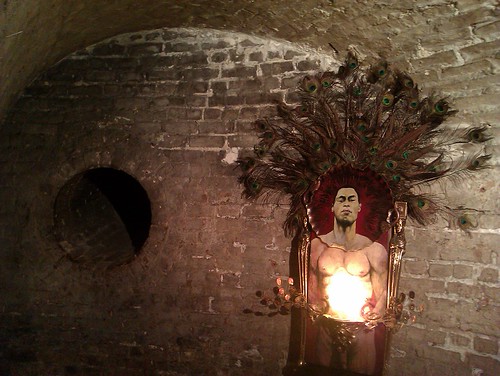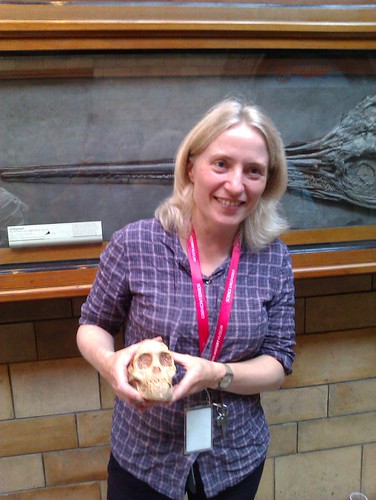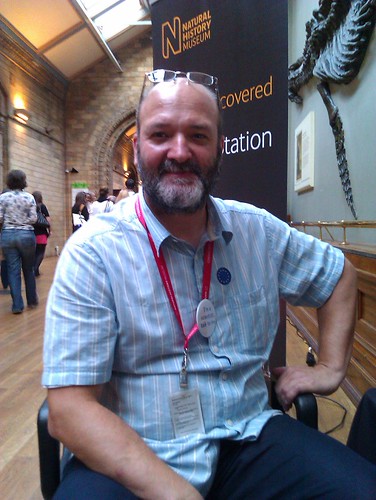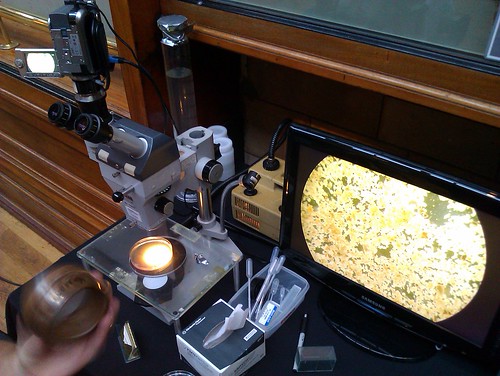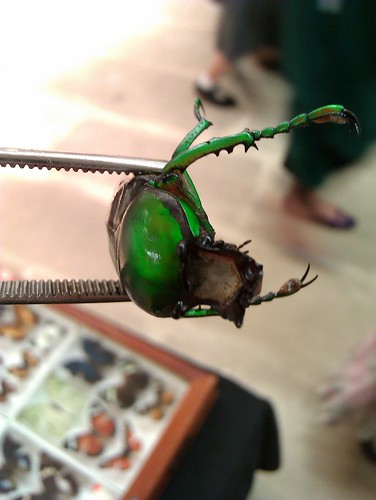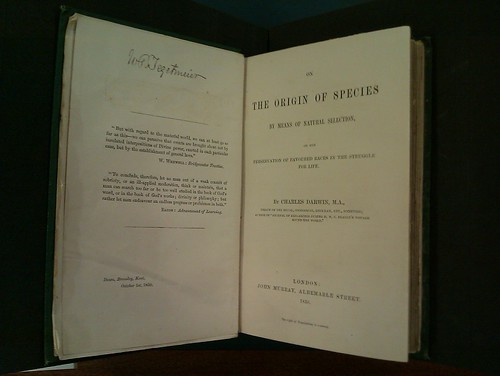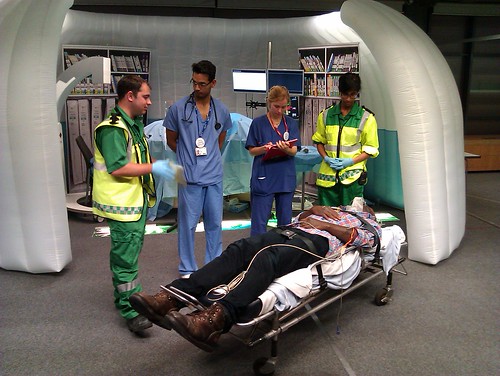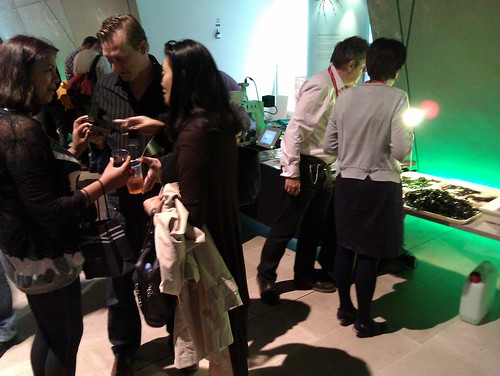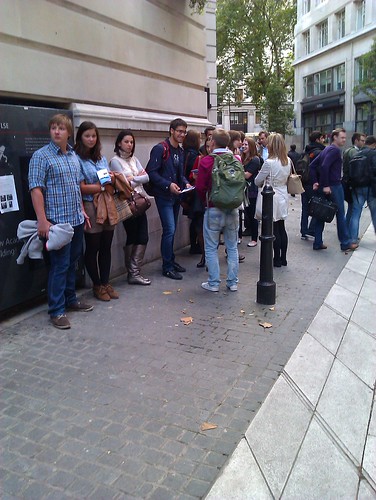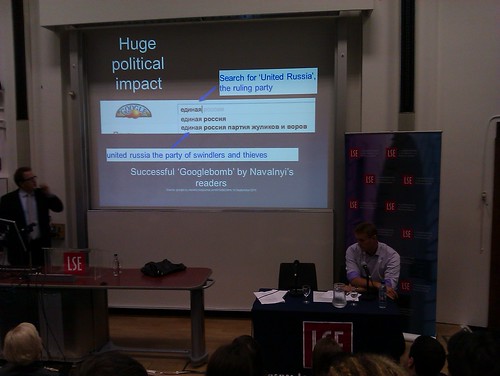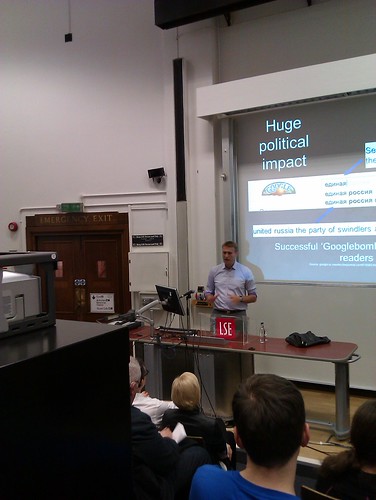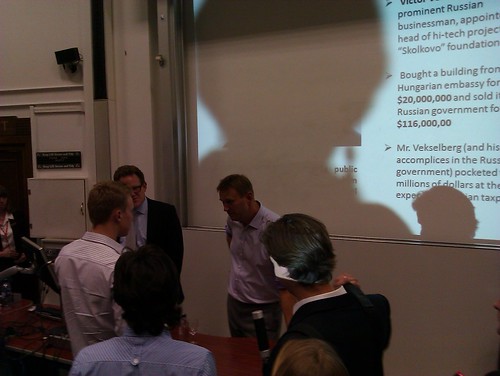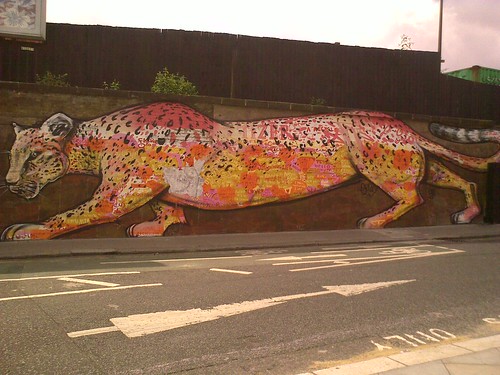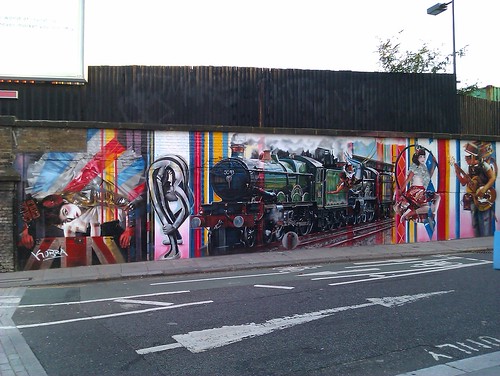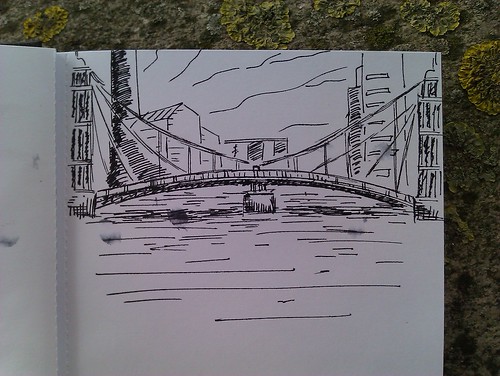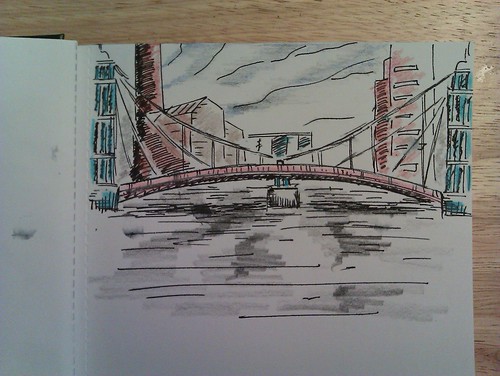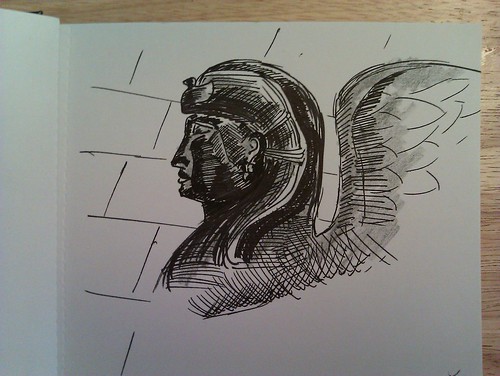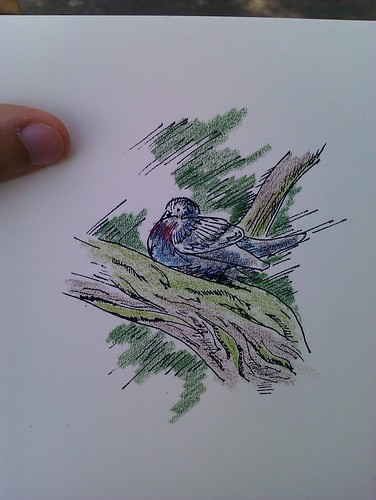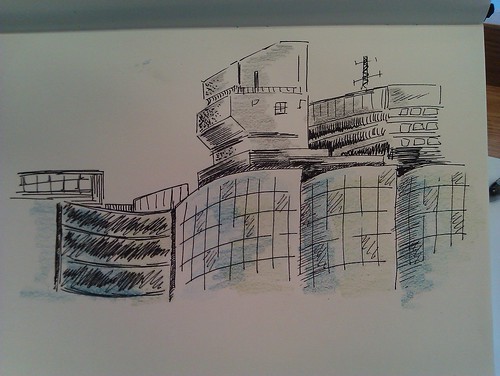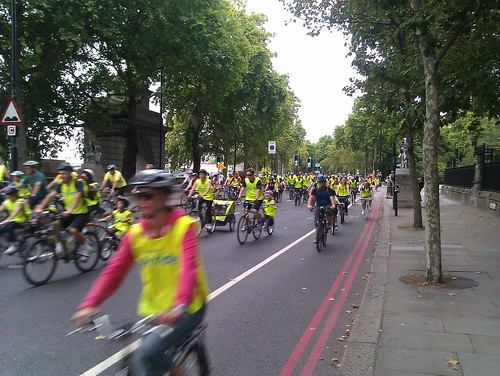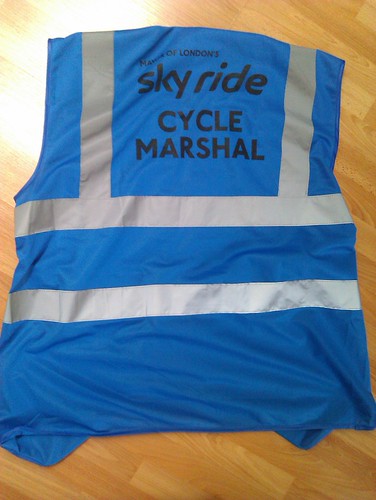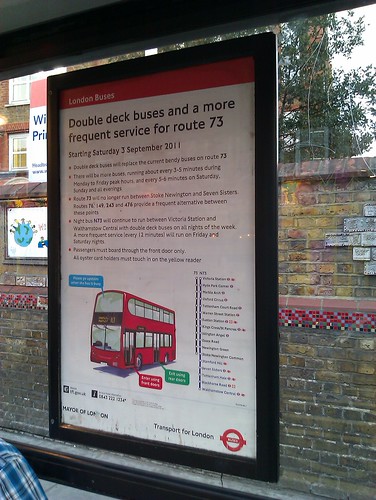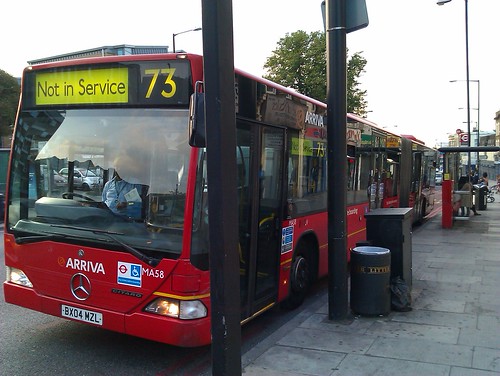BBC Studio A
It wasn't the best idea to start the Open House weekend with Alexandra Palace or, more precisely, with the first British TV studio. The venue hasn't changed much since the last time I've been there - its "People's palace" motto will probably make you remember another modern cliché, "broken society".
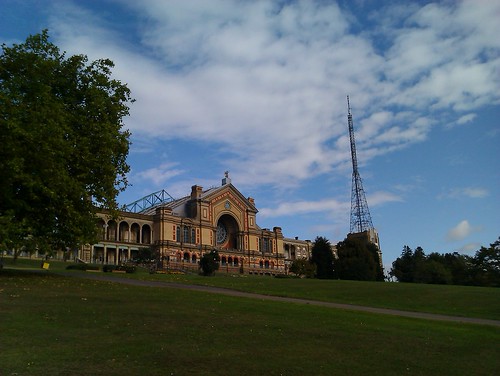
Looking so magnificently from the distance, inside it is nothing more than a rather shabby empty box. Still, we were expecting the famous TV studio left intact and even the 20 minutes film which everybody had to watch right after getting inside (and you weren't allowed to proceed to other rooms until it ended) didn't really disappoint us. However, the studio itself was a major failure. Several mannequins in the corner were the only interesting part:

Apart from that, there was only a collection of old TV sets, radios, recorders and some cameras. All that was donated by public and never really belonged there, and the exhibition wasn't really organised very well - things just lined up on shelves, that's all. The design of the Golden Era electronic devices is generally nice but hey I was born in USSR and I still do remember devices like those being used by people in everyday life. Yawn.
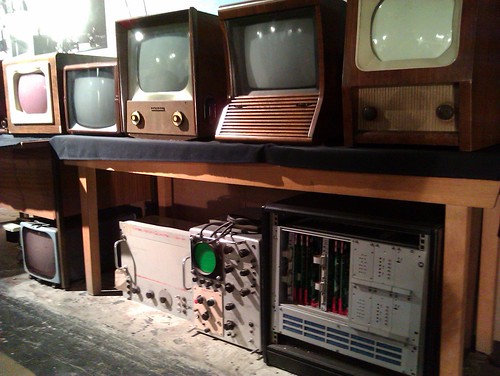
And yes, there was dust everywhere, on every surface. Something you don't really expect from any of London museums, even from the improvised one:

What I liked though was a strange TV set with a screen placed upside down and a built-in mirror to watch the proper picture:

Also, I learned about one of the oldest electronics brand in the UK:

There was also a chance for visitors to get a glimpse of the theatre currently being refurbished, but the entrance to the hall was restricted and you were only let to peek through the glass, which in addition to the poor light conditions made it very hard to actually see a thing:
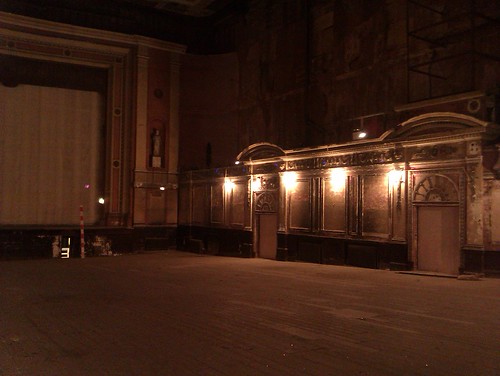
St. Augustine's tower
The oldest building in Hackney was once a part of the 13th century church with additional floors built on 300 years later and then bought from the Church by council in the beginning of the last century.
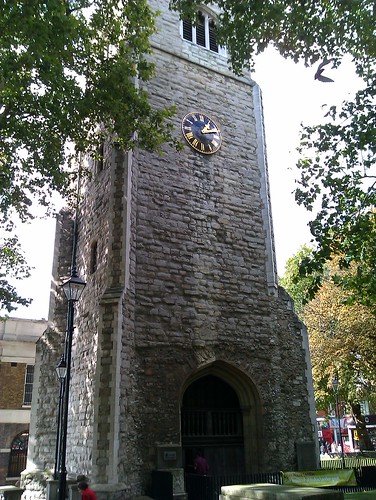
It is amazingly spacious inside on all of its 4 floors thanks to the lack of internal walls and the spiral staircase being so narrow that space is left only for one person:
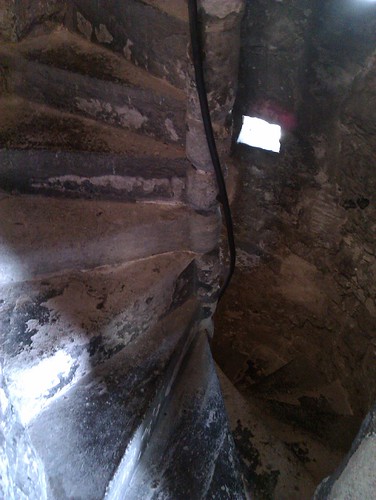
The wooden details of the interior including floors and ceilings still look quite authentic while being obviously not as old as the tower itself, so they doesn't spoil the impression as it often happens:
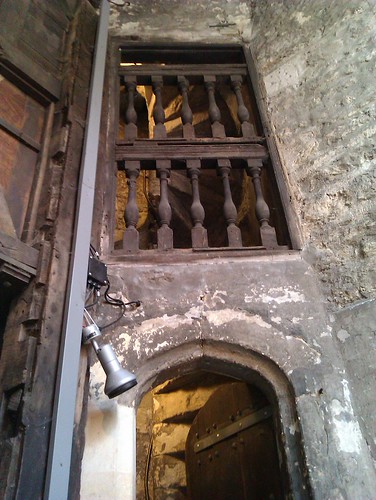
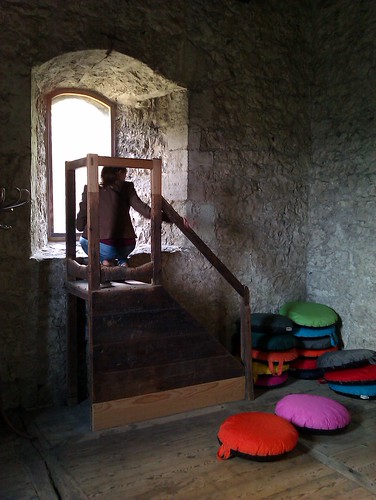
The exit to the roof is also very narrow and you have to bend to get through it. And on the roof, it is awesome.
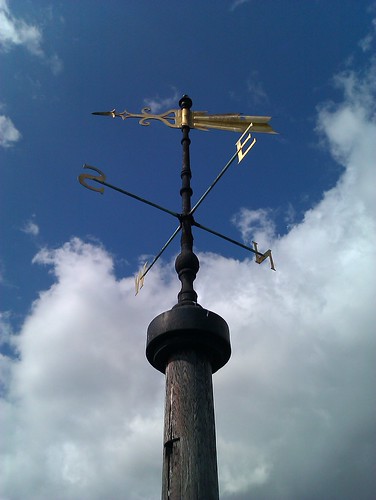

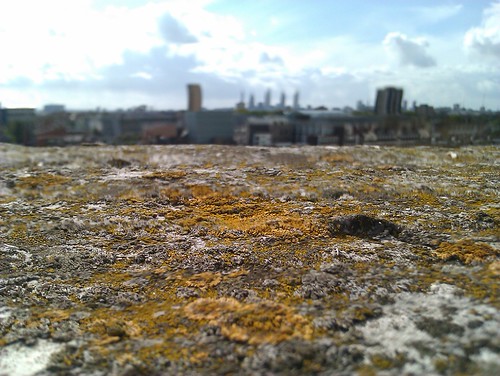
Livery Halls and the Guildhall
Pardon my ignorance, but the City of London halls we visited at the end of the day all looked somehow similar to me. All of them hit first by the Great Fire, than by bombs, rebuilt several times and their rich interiors restored. They look splendid inside and outside but there is little interesting you can say beside the fact that it looks very noble and expensive. Perhaps it takes a lot more of history knowledge than I have to get the proper impression and get all the references.
The story of livery companies and their role in London development is undoubtedly worth studying. Still it is hard to connect in the mind, say, carpenters as workers and this as their guild place:
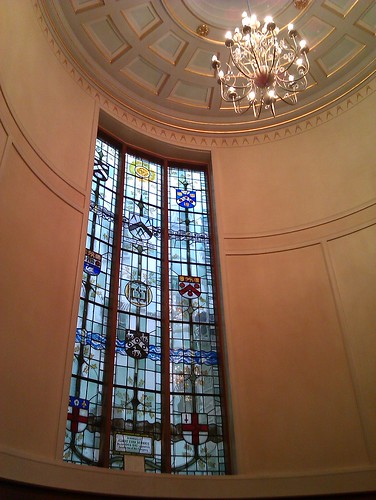

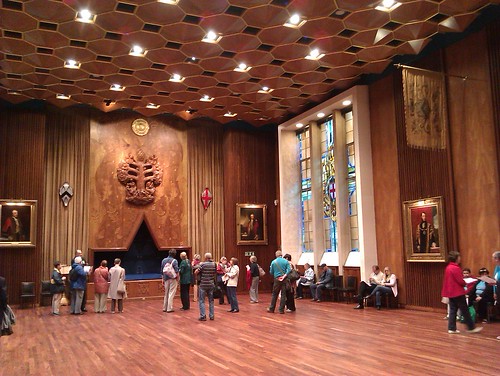
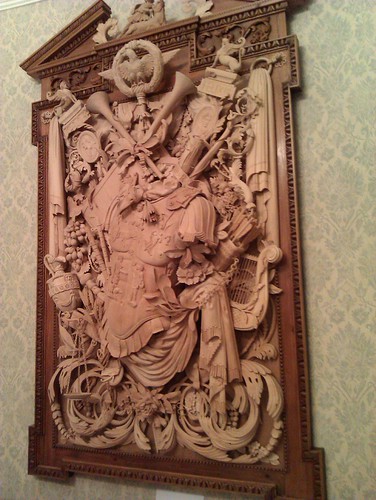
The Guildhall is a building that consists of several ones of different ages now forming a single complex. It is well visible form the outside:
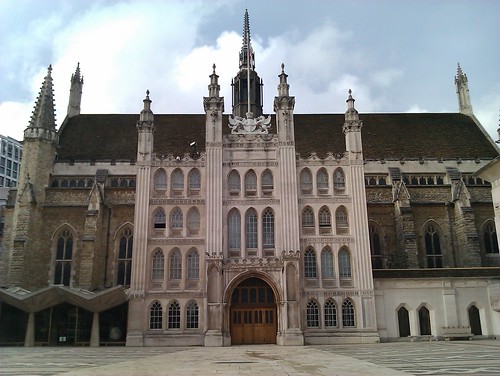
Inside, it is again a combination of the old halls and chambers followed by the modern glass passages and then again by an ancient crypt:
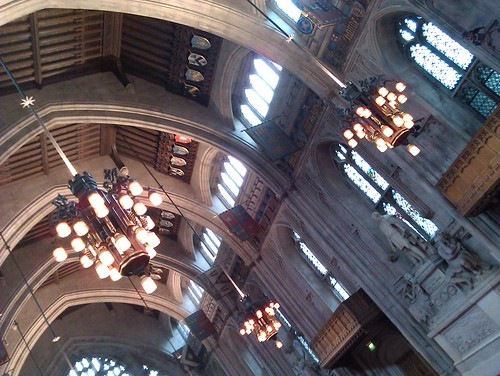
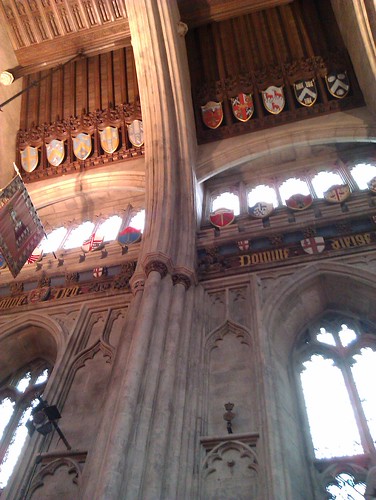
The Open House weekend continues tomorrow but unfortunately I won't be able to carry on as I have to work on that day - but those of you who are in London still have a chance. Use it!
***
The full Flickr set for today is, as usually, here.
The previous Open House weekend (which I, to be honest, liked more):
Village Underground
The Slice of Reality
The Linear House
